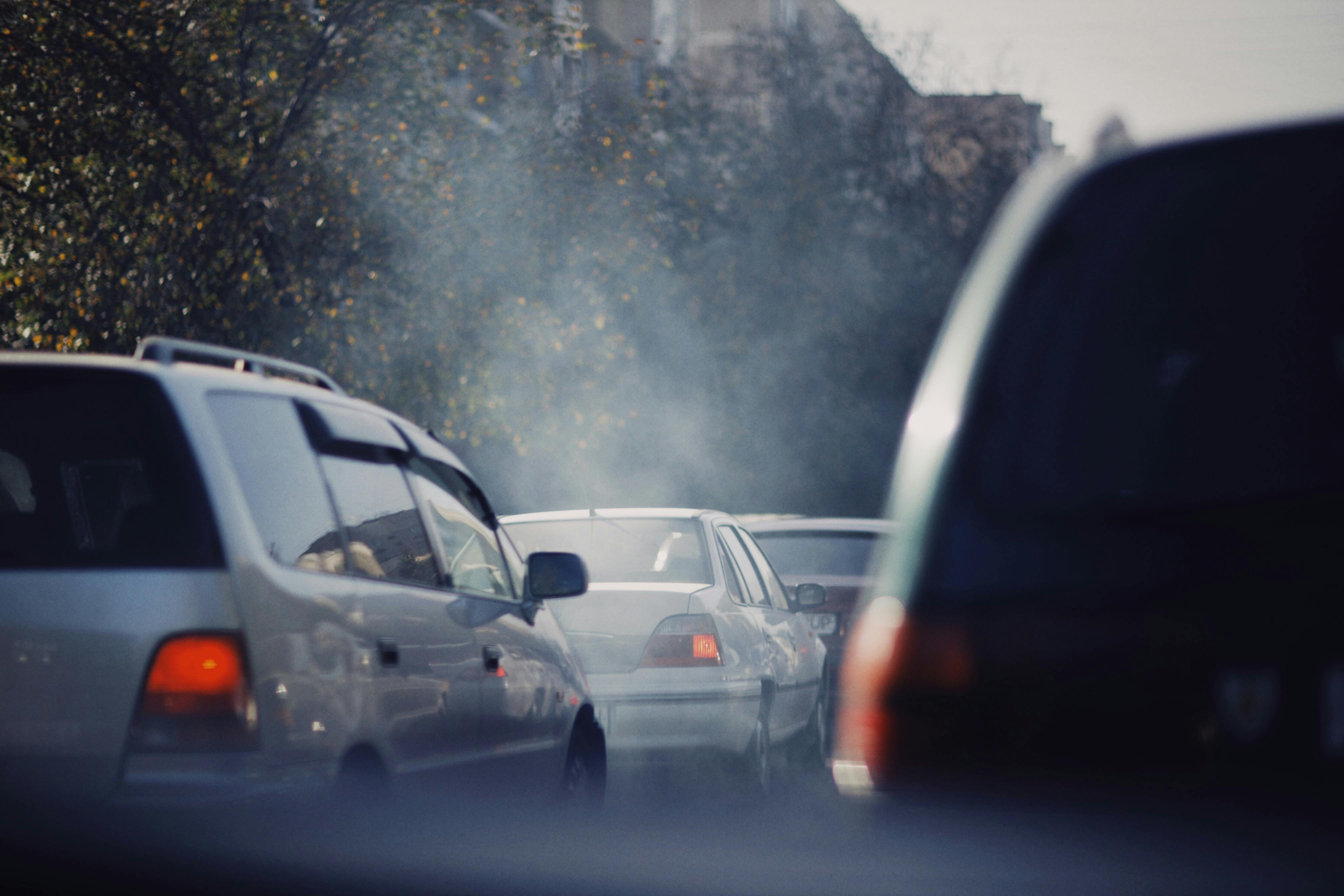The Entrepreneur's Guide: Starting a Smog Check Business in California
Author
Bahram Najafzadeh
Date Published

For many Californians, the biennial smog check is a routine part of life, a mandatory service that fuels a robust and consistent industry. With millions of registered vehicles on the road, the demand for emissions testing is constant, making a smog check business an attractive venture for entrepreneurs in the automotive sector.
However, starting a smog check station in California is not as simple as opening a garage. It requires a deep understanding of state regulations, significant upfront investment, and a commitment to precision and compliance. This guide will walk you through the essential steps and key considerations for starting a successful smog check business.
Step 1: Laying the Legal and Business Foundation
Before you can even think about equipment or location, you must establish the legal and operational framework for your business.
Automotive Repair Dealer (ARD) Registration: As of January 1, 2024, a business must first be registered as an Automotive Repair Dealer (ARD) with the Bureau of Automotive Repair (BAR) to collect compensation for automotive repair services. This is a foundational step, and the application fee is $100.
Smog Check Station License: Once you have an ARD registration, you can apply for a Smog Check station license. The application fee is an additional $100. There are three types of smog check stations:
Test-and-Repair: Licensed to perform both inspections and repairs.
Test-Only: Licensed to perform only inspections.
Repair-Only: Licensed to perform only repairs.
Legal Business Entity: You must formally register your business with the California Secretary of State. This includes filing as a corporation, Limited Liability Company (LLC), or partnership.
Personnel Licensing: You will need to hire or be a licensed Smog Check Inspector to perform inspections and a licensed Smog Check Repair Technician to perform repairs. The license examination requires specific training and experience, with fees and a time commitment that can range from one month to six months.
Step 2: Securing Your Location and Equipment
This is where the major financial investment comes in. The location and equipment are the heart of your operation, and the costs can vary dramatically.
Upfront Costs: The total startup costs for a smog inspection station can range from $200,000 to over $600,000. The largest components of this are real estate and specialized equipment.
Strategic Location: Your location is a key to your success. Look for a location with high visibility, easy accessibility to major roadways, and a strong local customer base. You must also research zoning regulations to ensure you can operate an automotive business in that area.
Required Equipment: The BAR has a strict checklist of required equipment that must be on-site, calibrated, and in proper working order before your license can be issued. This includes:
BAR-certified data acquisition devices (DAD) and analyzers.
Dynamometers (for Test-and-Repair stations).
Low-pressure fuel evaporative testers.
Diagnostic tools, including OBD scanners and scopes.
Computer hardware and software that meet BAR specifications.
Step 3: Navigating the STAR Program
The STAR Program is a significant part of the smog check industry in California and is a voluntary certification for stations that adhere to higher inspection-based standards.
STAR Certification: To become a STAR-certified station, you must submit a separate application and meet specific performance standards. The BAR continuously monitors STAR stations with a "Report Card" that tracks performance measures like test accuracy and vehicle failure rates.
Benefits: STAR-certified stations can inspect all vehicles, including the state's highest polluters, which are "directed" by the DMV to a STAR station. This opens your business to a larger customer base and can lead to a more consistent flow of business.
Risk: The high standards of the STAR Program mean that a single "human error" or an infraction caught during an undercover vehicle inspection by the BAR can lead to a citation and the potential loss of your certification.
Step 4: Financial Projections and Profitability
While startup costs are high, a well-run smog check business can be highly profitable.
Revenue: A smog check station can charge anywhere from $30 to $80 per inspection, depending on location and vehicle type. Some stations also offer repairs, which can significantly increase revenue.
Profitability: A profitable smog check business can generate annual sales of $180,000 to over $450,000, with strong cash flow margins, sometimes over 35%. A one-man shop working a six-day week can net over $84,000 annually.
Operational Costs: Key operating expenses include rent (which can be a substantial portion of costs), payroll for technicians, equipment maintenance, and insurance.
Step 5: Marketing and Building a Customer Base
In a competitive market, a strong marketing strategy is crucial for success.
Online Presence: Create a professional website that showcases your services, location, and certifications (especially if you are STAR-certified).
Competitive Pricing: Research local competitors' pricing models. Many shops offer coupons and promotional discounts to attract customers, and you should be prepared to do the same.
Reputation: A positive reputation for quick, honest, and reliable service is your most powerful marketing tool. Good reviews on platforms like Yelp and Google can lead to repeat customers and strong word-of-mouth referrals.
Starting a smog check business in California is a complex undertaking, but for those with the right skills, knowledge, and capital, it can be a lucrative and stable business that contributes to the state's ongoing mission for a cleaner environment.

Learn about California's smog check pricing, potential hidden fees, and how to get a fair price. Pass your smog check without breaking the bank.

Learn which California counties and vehicles are exempt from smog checks. This guide explains county-by-county requirements and exemptions for drivers